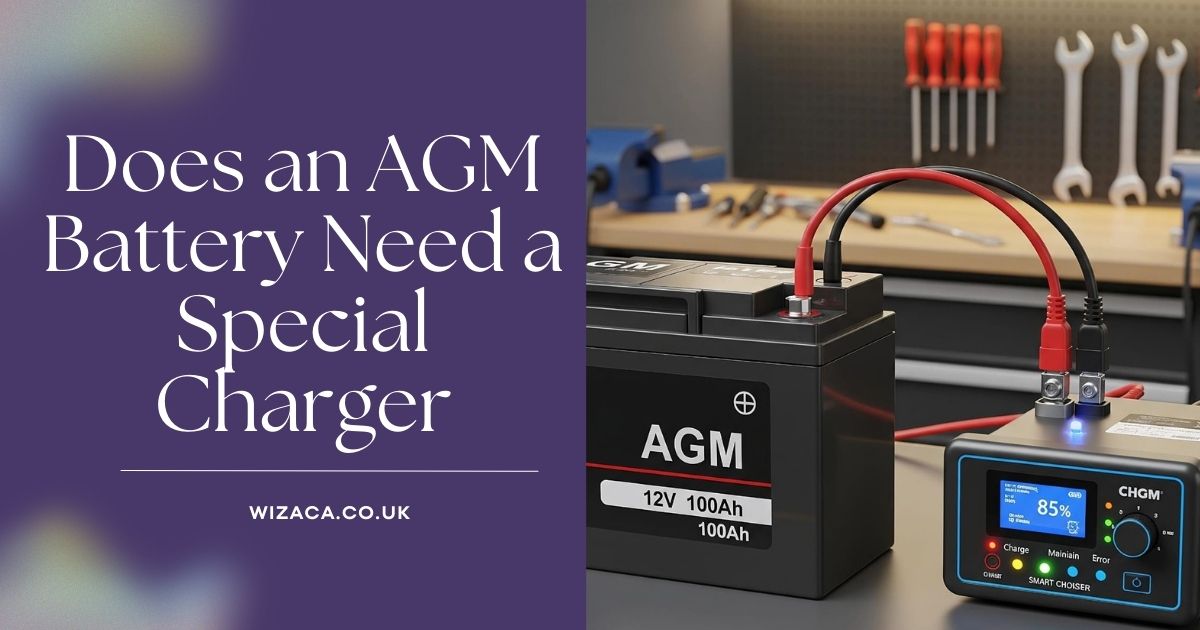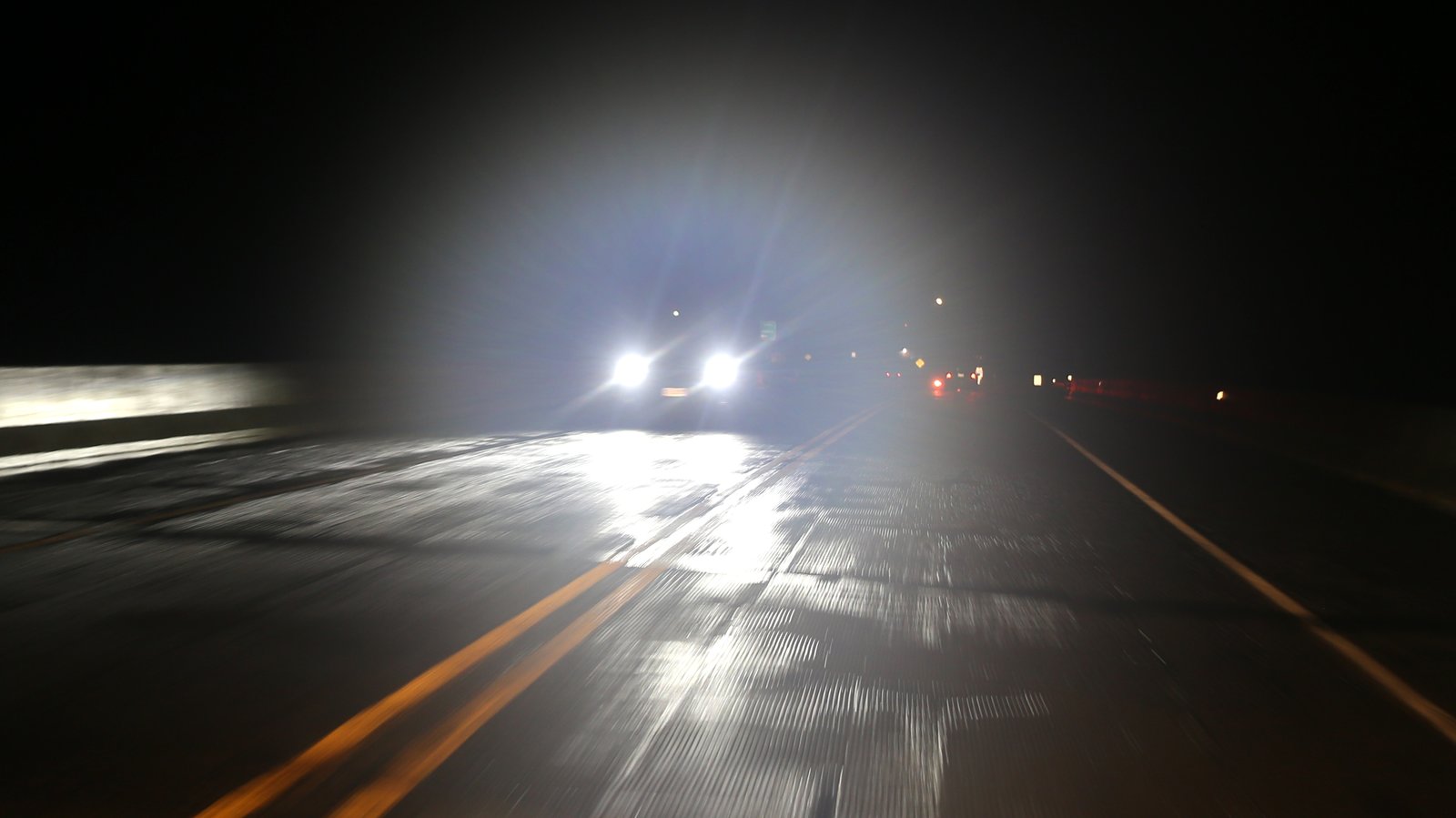Yes, bug spray can potentially damage car paint, especially if it is sprayed directly onto the surface or left for extended periods. Many bug sprays contain chemicals like DEET (diethyltoluamide), pyrethrins, or permethrin, which are effective at repelling insects but can also have an adverse effect on automotive paint. These chemicals can cause the paint to degrade, discolor, or peel over time.
How Bug Spray Can Damage Car Paint
1. Chemical Reaction with Paint
- Some bug sprays contain harsh chemicals that can break down the clear coat (the protective layer of paint) and the paint beneath. If bug spray is sprayed onto the car and not immediately cleaned off, it can cause chemical reactions with the paint, leading to staining, discoloration, or surface damage.
2. DEET and Paint
- One of the most common ingredients in bug sprays is DEET, which is known to be corrosive to paint. If DEET is allowed to sit on the surface of a car for an extended period, it can cause the paint to become dull or blemished, especially if it is not wiped off promptly.
3. Residue Build-Up
- Even if bug spray is wiped off relatively quickly, residue from the spray can accumulate on the surface of the vehicle, leading to a buildup that may eventually affect the finish of the paint. This is especially true if the vehicle is exposed to heat, such as being parked in direct sunlight.
4. Etching or Staining
- In some cases, if bug spray is not cleaned off immediately, it can begin to etch the paint surface, leading to permanent staining or cloudiness in the clear coat. This can be particularly noticeable on darker-colored cars.
How to Protect Your Car from Bug Spray Damage
1. Clean Off Immediately
- If bug spray gets on your car, it’s important to clean it off immediately using mild soap and water. Use a soft cloth or sponge to gently wash the affected area, and be sure to rinse thoroughly.
2. Use Car-Safe Cleaning Products
- If bug spray has left a residue or stain, use a car-safe cleaner or automotive detailing spray designed to remove chemicals without damaging the paint. Avoid using household cleaners, as they may contain abrasive ingredients that can scratch the car’s surface.
3. Wax Your Car Regularly
- Waxing your car regularly helps to provide a protective layer over the paint, making it more resistant to environmental factors, including bug spray. Wax acts as a barrier between the paint and chemicals, preventing them from directly affecting the surface.
4. Park in Safe Locations
- Avoid parking in areas where bug spray may be used, especially if you’re unsure about the potential for accidental exposure to your car’s paint. When using bug spray around your vehicle, be cautious and try to avoid direct contact with the car’s surface.
Conclusion
In conclusion, bug spray can damage car paint if it comes into direct contact with the vehicle and is not cleaned off promptly. The chemicals in bug spray, particularly DEET, can cause discoloration, staining, or even surface degradation of the paint over time. To prevent damage, it’s important to clean any bug spray off your car as soon as possible and to take steps to protect the paint with regular waxing and careful handling. If you notice any lasting effects from bug spray exposure, professional detailing or touch-up painting may be needed to restore the vehicle’s appearance.
Also Check:
• Does Brake Fluid Remove Car Paint
• Does Brake Cleaner Remove Rust
• Does Brake Cleaner Remove Oil










